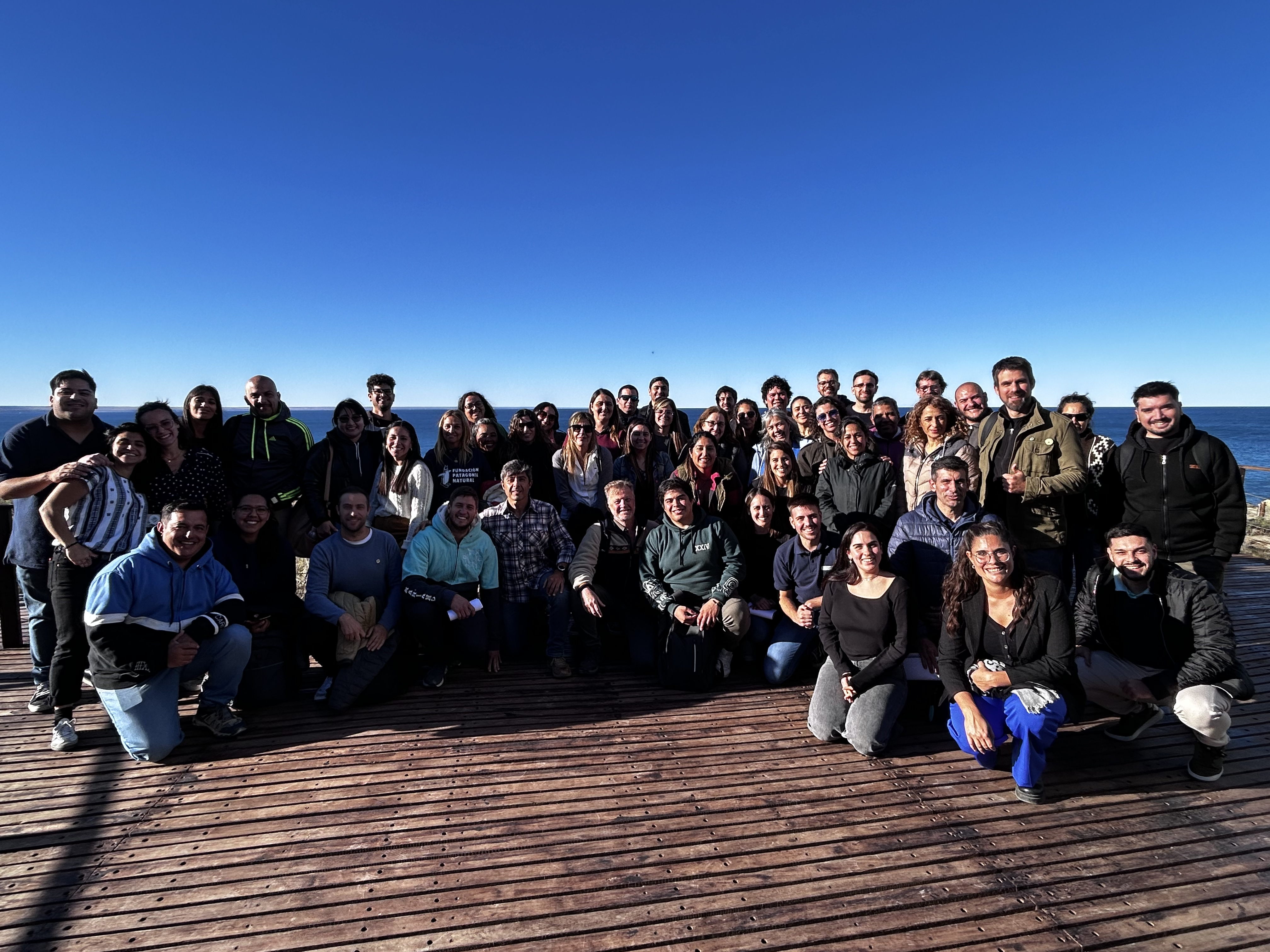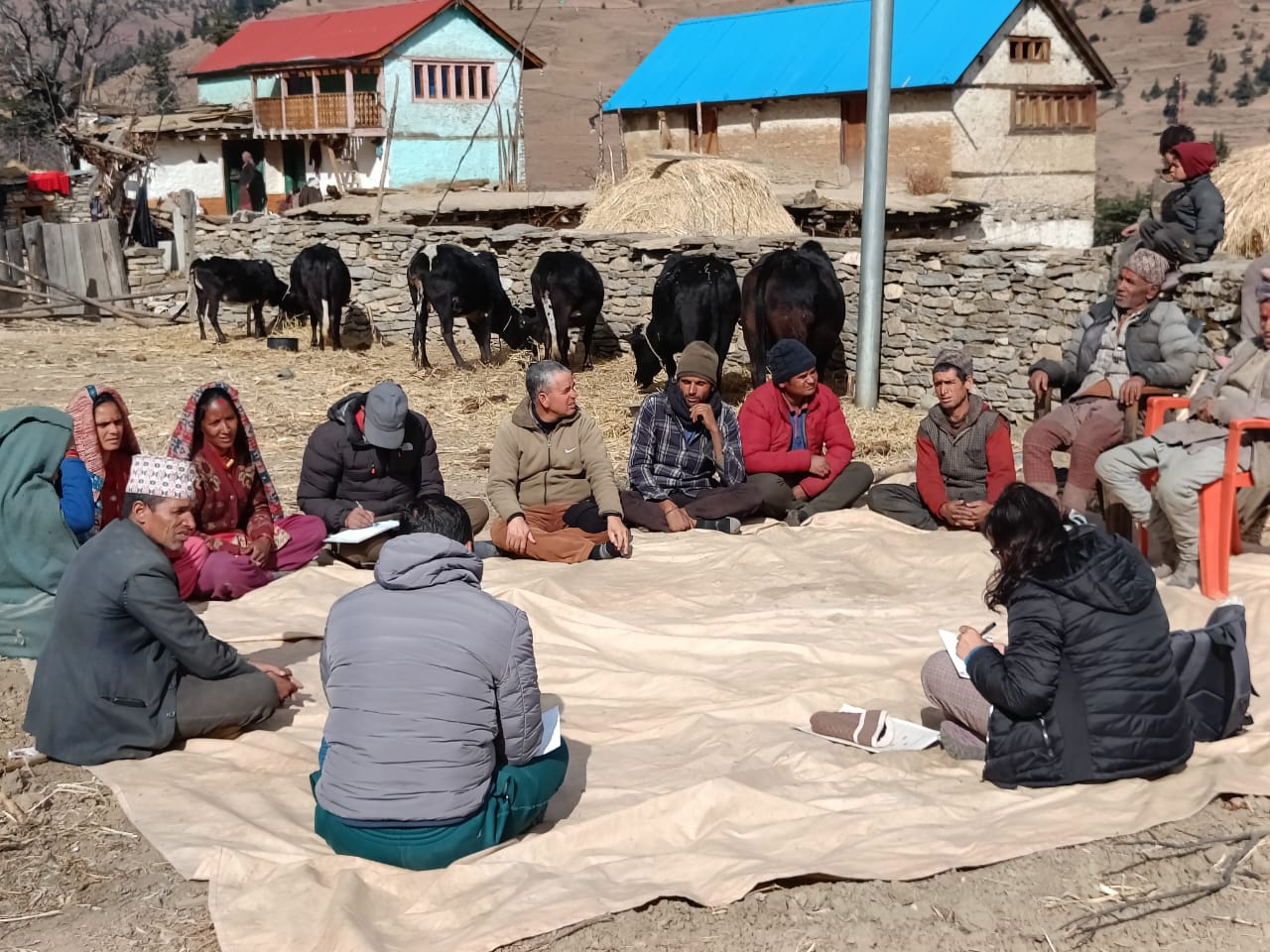Energy Access for Rural Mountain Communities in Nepal
Reflections from the Field
by Dr. Willington Ortiz
I’m in Nepal for the first time in my life. For me – who grew up in the Northern Andean mountains that cross Colombia – this is an experience that triggers not only many thoughts but also strong emotions. I would like to share with you some reflections and observations from the field.
My field trip is part of the first phase of the recently launched WISIONS Innovation Lab project in Nepal. The main goal of this early phase is to gain a more thorough understanding of the current situation and the potential of the Nepalese mountain communities in three areas: Energy Access, Livelihoods and Landscape.
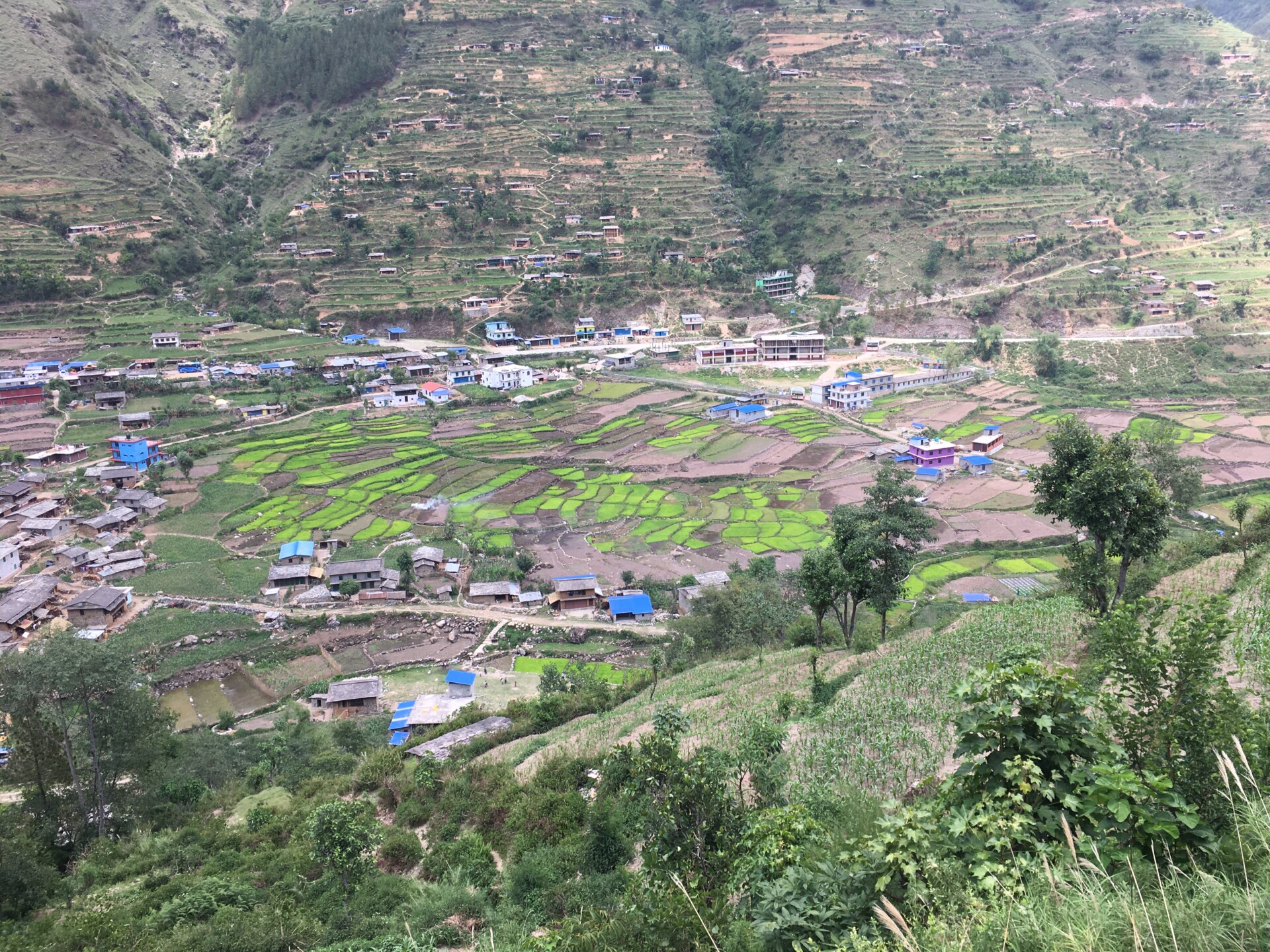
The village of Nisi in the valley of the river Nisi
Together with colleagues from WINROCK and COMET, I visited three villages in the Baglung district whose electricity is provided by two micro-hydro powered mini-grids (MHPs): one located on the river Nisi and the other on the river Bhim.
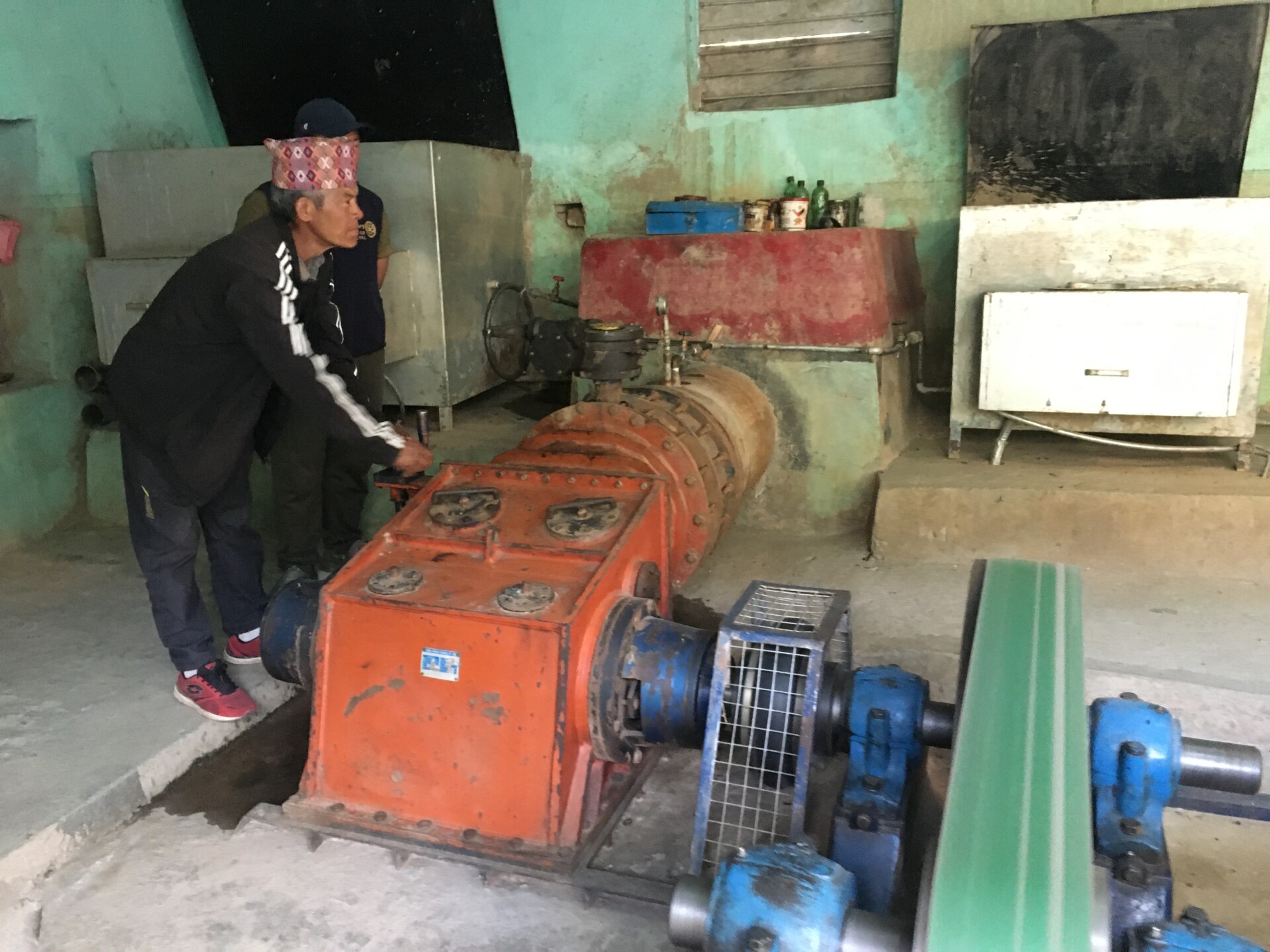
One of the operators of the Nisi Kohla III MHP
We aim to learn more about these MHPs because they face challenges that are typical for micro-hydro projects in Nepal. The electricity use for both facilities is well below their generation rate (even during peak hours), both are operated and managed by community-based organisations with suitably skilled staff who are responsible for maintenance, technical operation and accounting, and the facilities have a good working relationship with the local governments in their respective wards.
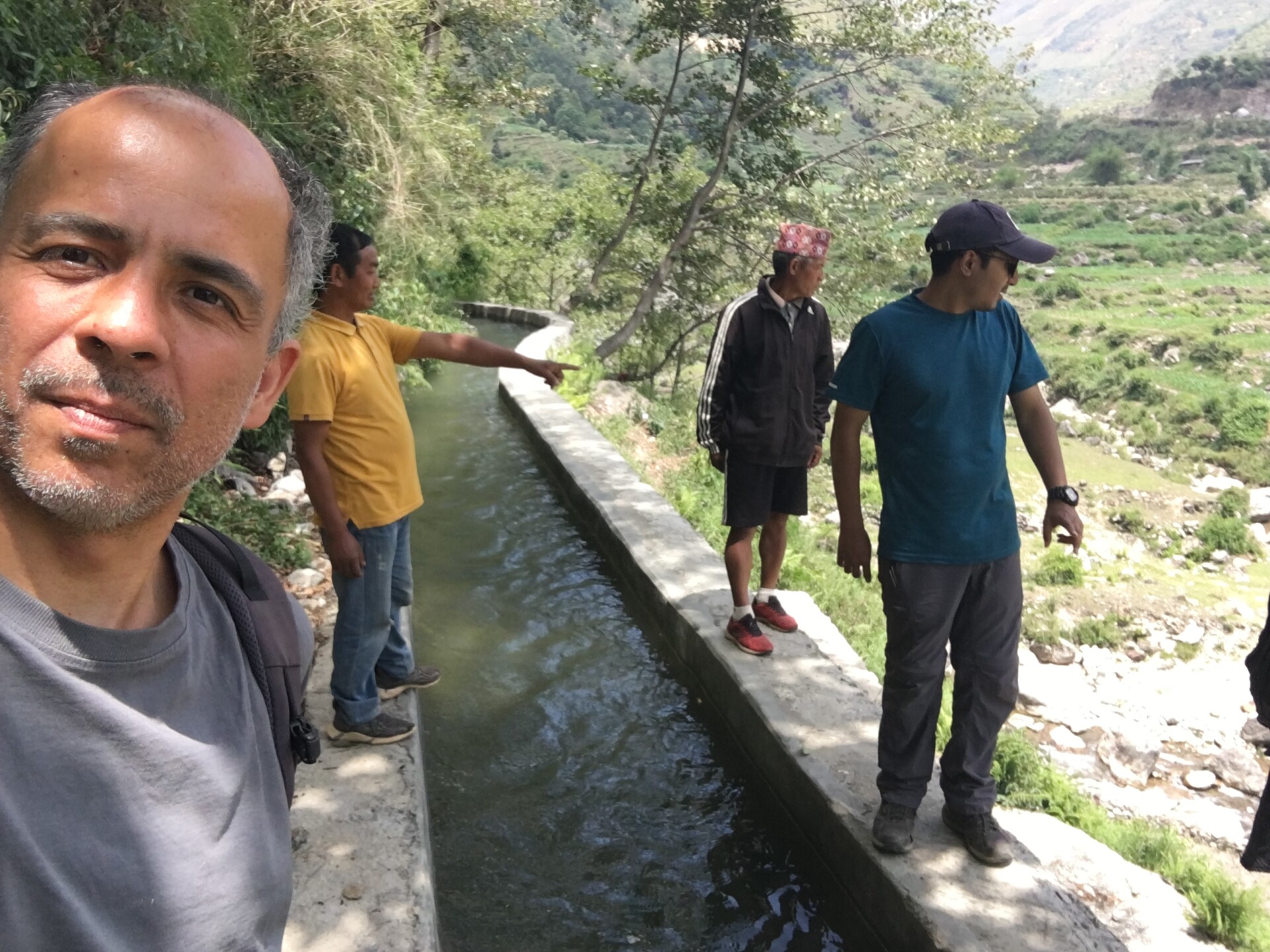
Along the Nisi Kohla III MHP’s intake canal
The expansion of the national grid is currently progressing rapidly in this region. The transmission lines already extend to the village of Bimgithe Bazar and the pylons to extend the lines to two further villages (Nisi and Chihan Danda) have already been installed.
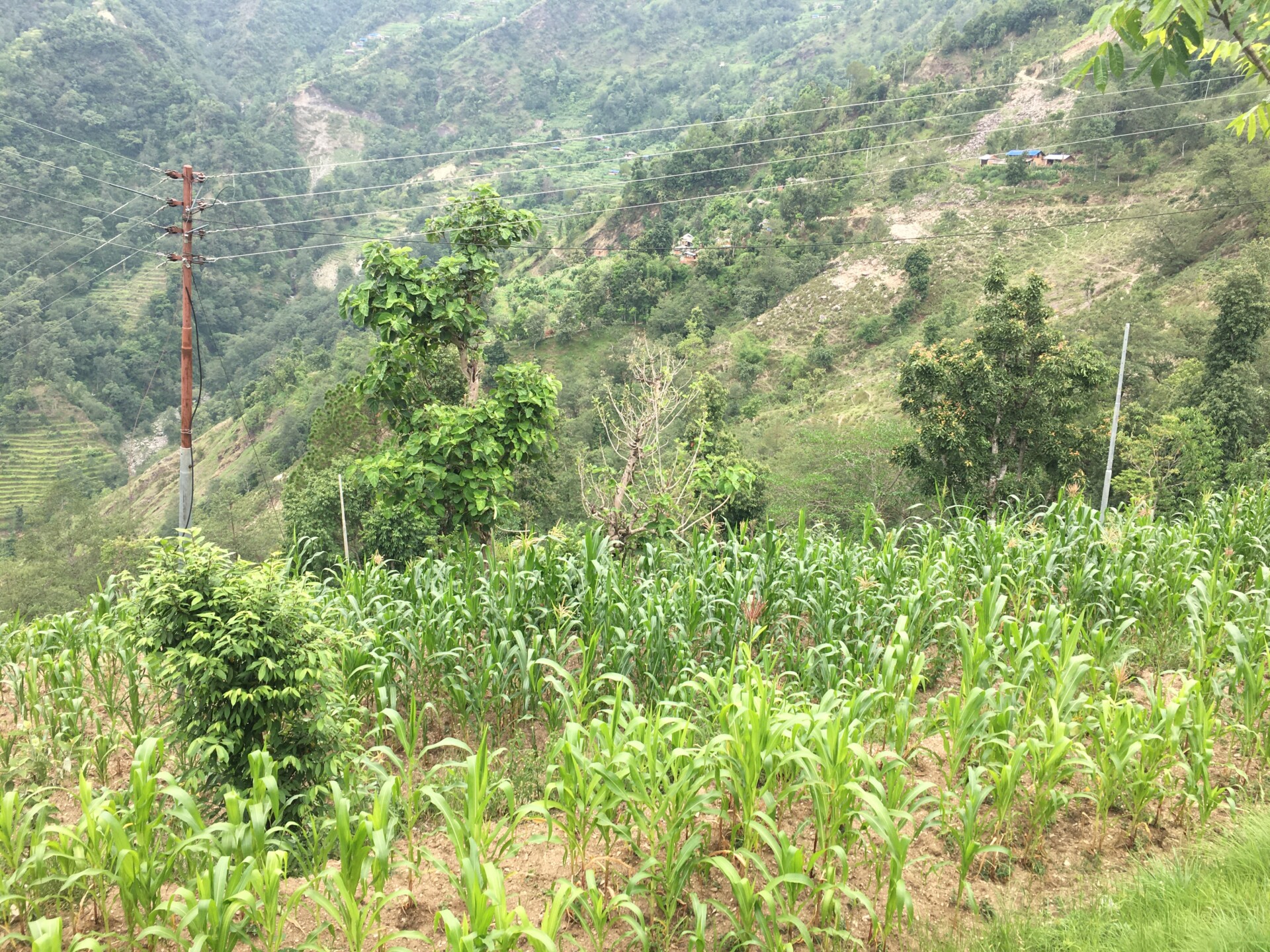
The cables from the pylon on the left connect to the MHP mini-grid, with the pylon on the right (currently without cables) will connect to the national grid.
There are houses and shops along the main line that are connected to both the national grid and the MHP mini-grid, which seems to be quite a common practice in this area. For instance, my hotel in the busy village of Burtibang (one of the major villages in the area) has four “sources” of electric power: the national grid, two local MHPs and one diesel generator.
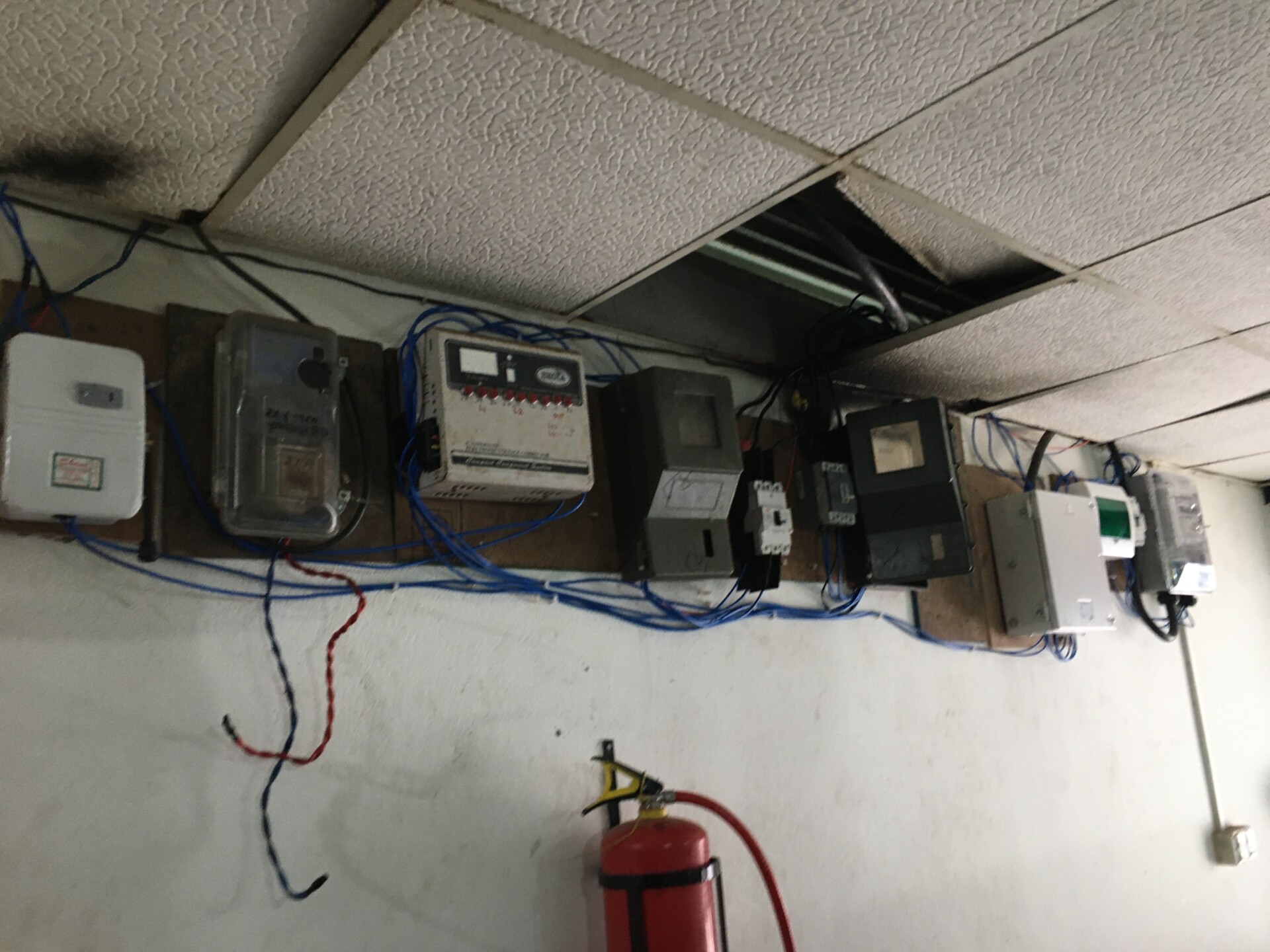
The “power control room” in our hotel in the village of Burtibang
Exploring the state of the electricity system raises some significant questions relating to the future. Until now, the services provided by the MHPs have been of great value to the communities and the local authorities. However, what role might these MHPs play once the grid arrives? What will be their value in the future? The question of value is not limited to the “physical” components (civil infrastructure, turbines, cables, etc.) but also concerns the related local governance and communal organisational structures.
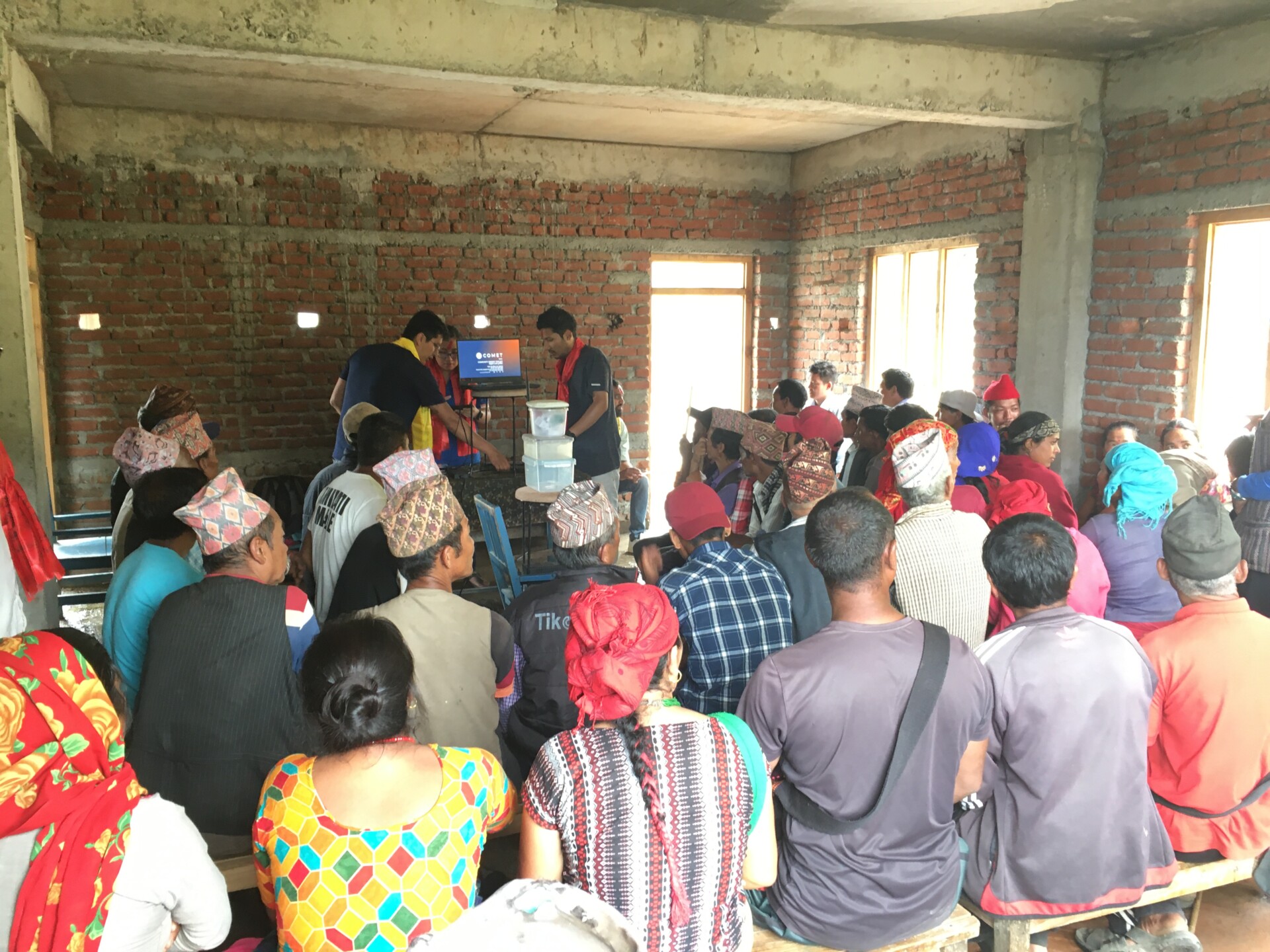
The COMET workshop in Chihan Danda, a village served by the Mid Bhimghat MHP.
Identifying and talking with key actors at all levels of energy governance is crucial for exploring the potential future of these MHPs and access to electricity in these communities. In this regard, the significant experience of our partners, Winrock and PEEDA, and their long established relationships with key players in the energy sector in Nepal is crucial.
The information that we gather will allow us to select and combine a set of capacity-building and technical interventions aimed to support the local authorities and the management committees of these and other neighbouring MHPs to shape the future of their systems and to increase the benefits for the communities of access to electricity.

Colleagues from Winrock, Peeda and RecofTC talk to local leaders at the Nisi Kohla III MHP
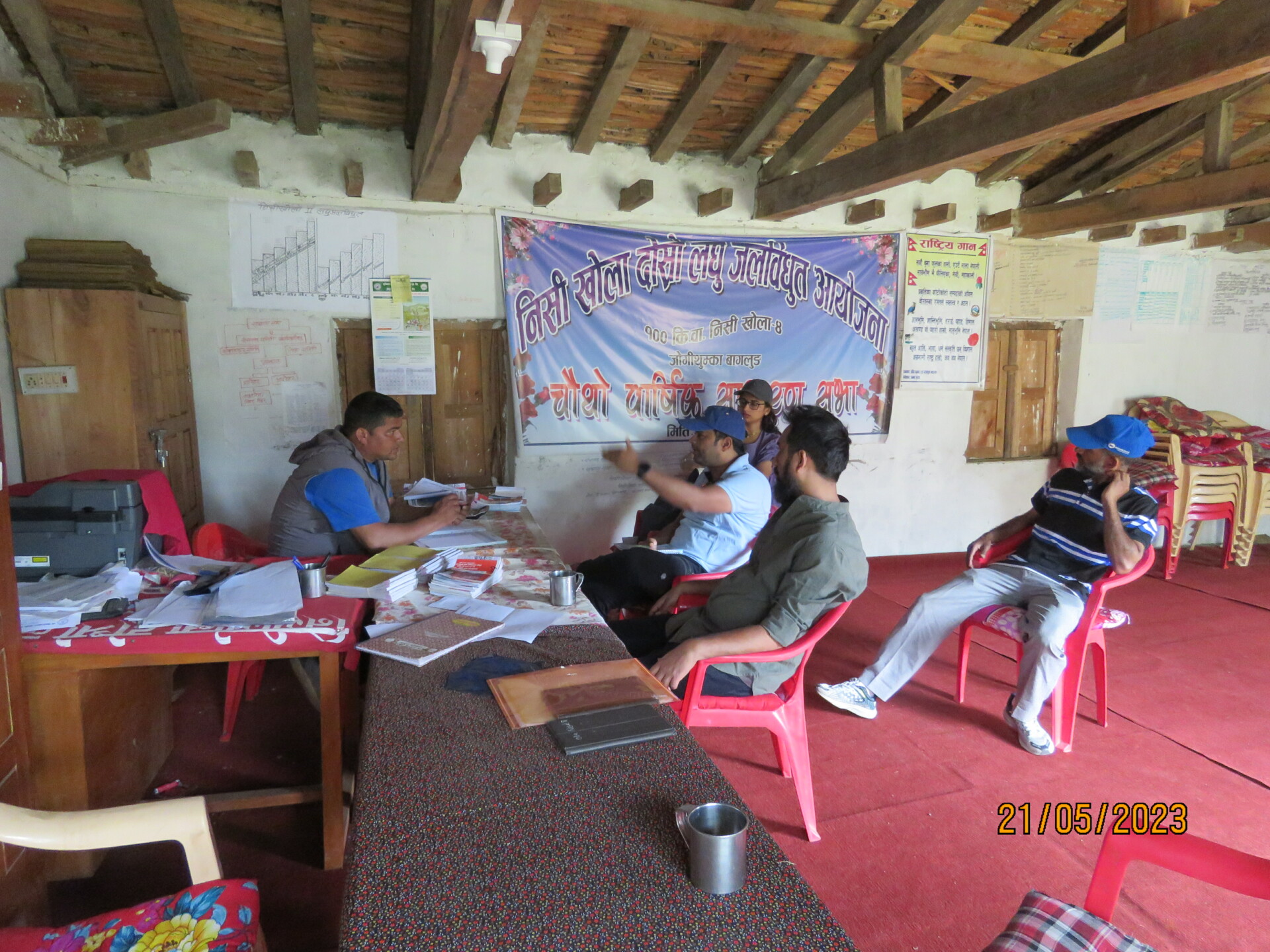
Talks at the ward offices in Nisi

